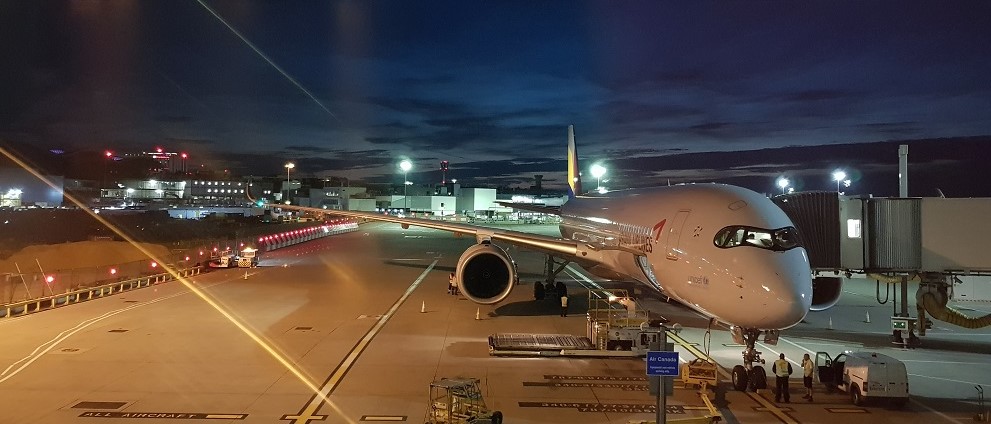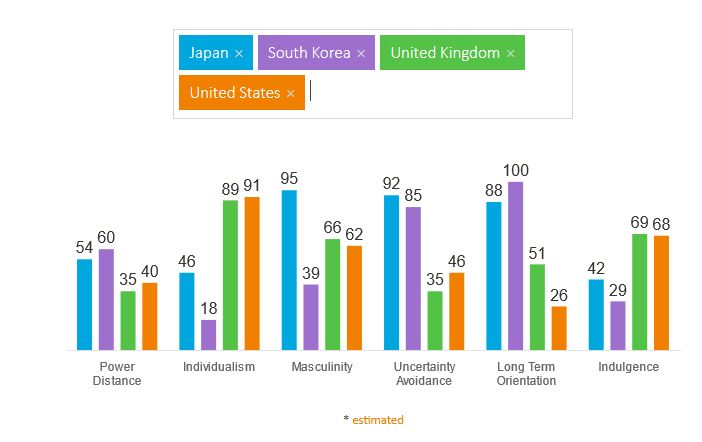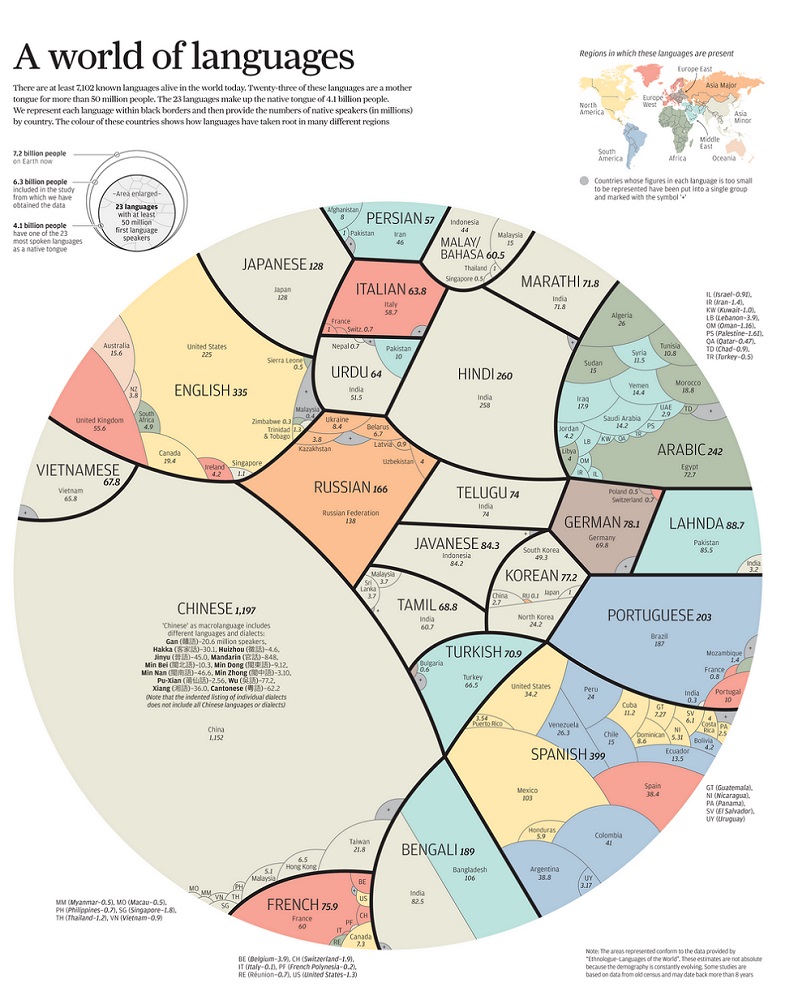Expanding Globally: How Do You Decide Where To Go First? Part 1

Last time I talked about expanding your business globally, this week I want to discuss how to choose which country to target first.
To choose which country to target first, you need to first ask yourself why you want to expand because your answer to this question can change the target. The most common reason why companies want to expand are: increasing sales, cutting costs, managing risks or challenging themselves to learn new things.
If you want to cut costs, your target country can be somewhere having cheap labour, cheap raw materials and efficient supply chains so on. However, if you want to increase your sales, you will need to target countries where you can generate more sales and revenues. For example, if you want to sell diabetes-related products, you might want to target the US first, followed by China and then India, depending on your product’s price and specifications.
Here I want to discuss topics based on increasing your sales, which is my speciality. There are many different aspects to selecting your target countries and here is a list of what you should look at and analyse.
What to look for when selecting a target country
As I mentioned in the previous post, which country to enter will depend on where your headquarters are; many companies choose to enter countries that speak the same language and have similar cultures, financial systems or laws, as they are easier to approach. It is also common to start with neighbouring countries as companies can control their entry costs more effectively. As an example, Abcam started selling to EU countries using a virtual office and only opened a US office later, when needed. Let’s dig into the details.
Let’s imagine that company A is in the UK and wants to sell products in the global life science market. We can analyse the factors that might affect the decision about target countries and score them from 0 (No way) to 10 (Great).

Geographic location, near or far?
So as company A is based in the UK, its closest market is EU countries, so you may want to give Germany, France, Netherlands and Ireland a 10. The US would be only slightly lower, for example, an 8, because even though it is further away there are many different flights and shipping channels available. African countries would be much lower, maybe 2 or 3, as logistics in Africa, with the exception of a few countries, is not well developed. You can easily identify this by reviewing international shipping zone rates from FedEx, DHL, UPS and other logistic companies. However, if your products need to be delivered at a controlled temperature, you will need to check if specialist temperature-controlled logistic companies will even deliver them.
I found this article is useful to reference: The top 25 global logistics providers
Cultural similarity
Gerard Hendrik Hofstede, a famous Dutch social psychologist and one of the founders of modern cross-cultural studies, mentioned that countries have common problems, but their approaches are different, so how they can work together efficiently? He argues that culture has various layers: those at the surface which often change and those at the core which mostly do not. “Culture is the unwritten book with rules of the social game that is passed on to newcomers by its members, nesting itself in their minds.” Culture is learnt from our childhood and acts as an inner programming influencing how we see and resolve problems. As a result, people from different cultural systems may interpret reality differently.
Culture is not static, it evolves. So how can we easily find out these differences? Hofstede made a useful website (which is free) where we can compare cultural distances between countries, here is the link. Let’s compare the United Kingdom, United States, South Korea and Japan.
You can see from the bar charts that there are a lot of similarities between the US and the UK but there are quite a few differences between South Korea and the UK. In addition, you may think that Japan and South Korea will be similar to each other but from the bar charts there are important differences, interestingly Japan is closer to the UK than South Korea in some aspects. We could give the US a cultural similarity score of 9 because they are very similar to the UK, however Japan would have to be maybe a 7 and South Korea a 6 because of the increasing amount of cultural differences.
When it comes to expanding your business, if we take the example of South Korea, you may find that it takes longer to build business relationships because they might want to avoid uncertainty, they will do a lot of analysis before the relationship starts, however you will see that relationship will be stronger and last a lot longer because they are very long-term oriented.
I recommend reading Gerard Hendrik Hofstede’s book Cultures and Organizations: Software for the Mind and Michael A. Witt’s article Business Systems Analysis for International Business if you want to learn more about this topic.
Language
As the UK is an English-speaking country you might score English speaking countries as 10 because it is easy to communicate with each other and they also might share similar cultures too. However, non-native English-speaking countries, where there are many people who speak the same language as you, could still have a high score. For example, for a long time, Hong Kong used to be a great place to have an Asia Pacific (AP) headquarters office for many foreign companies but the number of people who speak English is declining. This is one of the reasons AP headquarters are moving to or are being set up in Singapore.
You can see all the different languages spoken as a mother tongue in visualisations of world of languages here.
You can also check out how many people speak English as a second language by country here.
Summary
As the saying goes, “people do business with people”, knowing and understanding the three factors discussed so far will help you to succeed in your business abroad. In particular, understanding cultural differences and having a low language barrier will be more important when you want to open branch offices or subsidiaries.
We have talked about geographic location, cultural similarity and language in relation to expanding your business globally, and how to analyse them. You can see that each country could have quite different scores out of 10 however you need to consider all the scores from all the different factors.
In my next blog, we will continue to discuss ‘How Do You Decide Where to Go First?’ from the point of view of legal & finance similarities, the size of the market and other factors, and how to analyse them as a whole.
Better Together so Let’s Get Started!
Let’s talk about growing your business globally. Connect with me today! Get started on building a strategy and roadmap to achieving your business goals faster!



One Response
[…] time, in Expanding Globally: How Do You Decide Where To Go First Part 1, I talked about expanding your business globally from the point of view of geographic location, […]